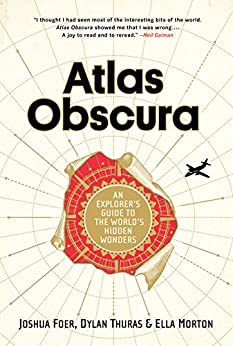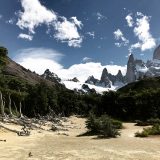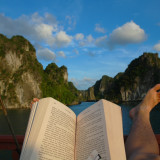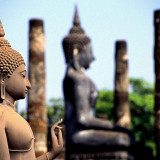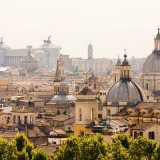Coffee, culture, and coasts: Why Colombia should make your shortlist
Not too long ago, Colombia was not on many travellers’ shortlists of vacation destinations. Once synonymous with drug cartels and guerrilla warfare, Colombia was considered unsafe even for those looking for an adventurous getaway.
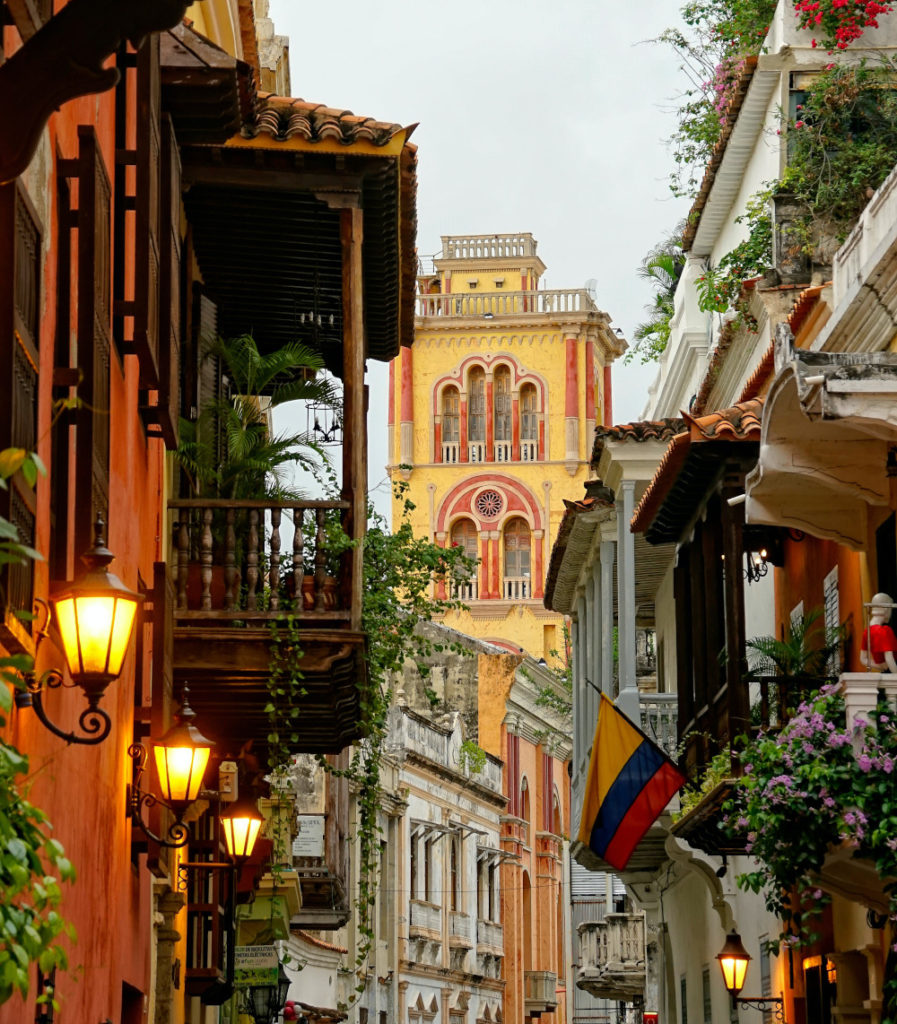
But today the country’s sites, culture, and people have risen above their historic stereotypes. From mountainous coffee plantations to colourful coastal cities, Colombia ought to appear on everyone’s shortlist.
The coffee
Colombia is one of the largest coffee producers, and many may argue they produce some of the best coffee in the world. But because almost all of the top-quality beans get exported, most Colombians drink a form of coffee called tinto, a low-cost beverage made from the lowest quality beans not fit for export. It is available practically everywhere and often sold by women carrying containers of the drink on their back.
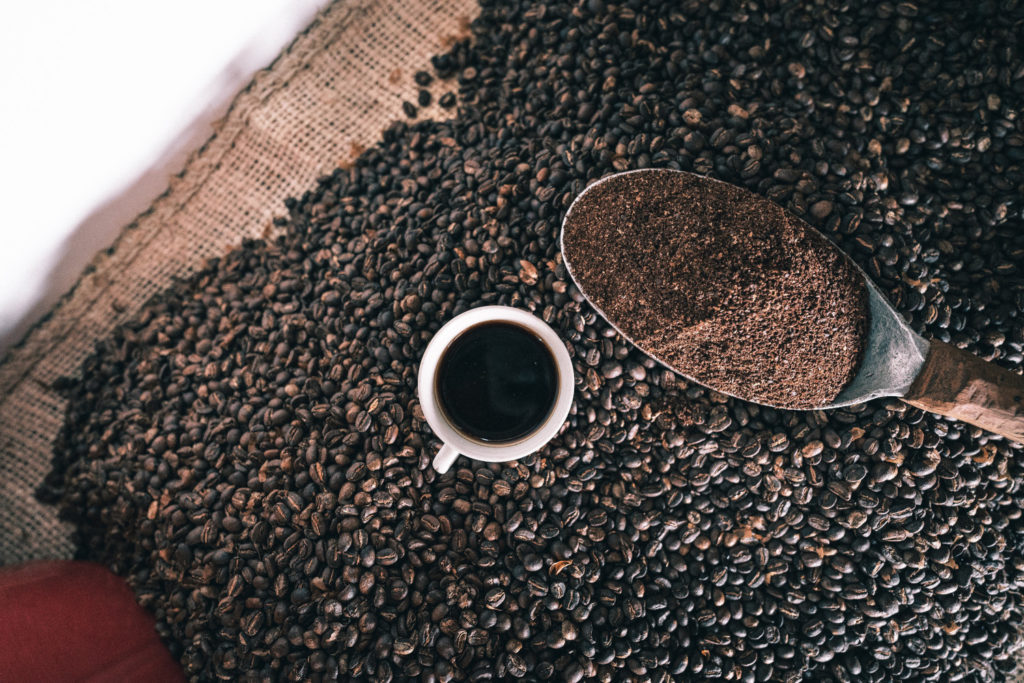
The aptly named Zona Cafetera in Colombia’s Coffee Axis is home to a coffee farm which offers refreshing caffeinated drinks and fun family activity. The rewarding visitor experience includes learning about the coffee bean, walking through the plantations, and seeing the harvesting, roasting, and brewing processes in action. Other coffee farms to visit are in Jardin, Salento, or Manizales.
The country’s other culinary offerings are varied and plentiful. The food is filling and tasty. Street fare includes all the favourites like empanadas (meat/potato filled fried pastry) and arepas (maize dough rolls). Most restaurants have a del día menu offering a full meal of soup, a meat entrée, some salad, and a drink for a reasonable price. Colombian cuisine is often highly sweetened. Everything has sugar, but asking for sin azucar, or without sugar, isn’t usually a problem.
Colombia’s fresh fruit makes for a healthy snack or even a light meal. From well-known favourites like pineapple and papaya, to local delicacies like guanabana, guava, and lulo, the local markets in every town have a huge selection. Friendly shopkeepers are excited to help, as are all the locals; Colombians are always willing to answer questions, give advice, make suggestions, offer assistance, and share a cup of coffee.
The culture
Filled with Colombian food, coffee, and sugar you should have plenty of energy for a beloved local pastime: salsa dancing. There are salsatecas all over Colombia offering lessons for every level and interest. Making time for some salsa during a Colombian vacation ensures not only a terrific workout, but also a great way to meet locals.
The best place to twirl is the city of Cali, the self-proclaimed salsa capital of the world. Colombians have put their own spin on the dance, accompanying it with their very own musical style. With the sounds of salsa music on almost every corner, Cali alone has more than 200 salsa schools and hundreds of bars. It’s a great place for beginners and experts alike.
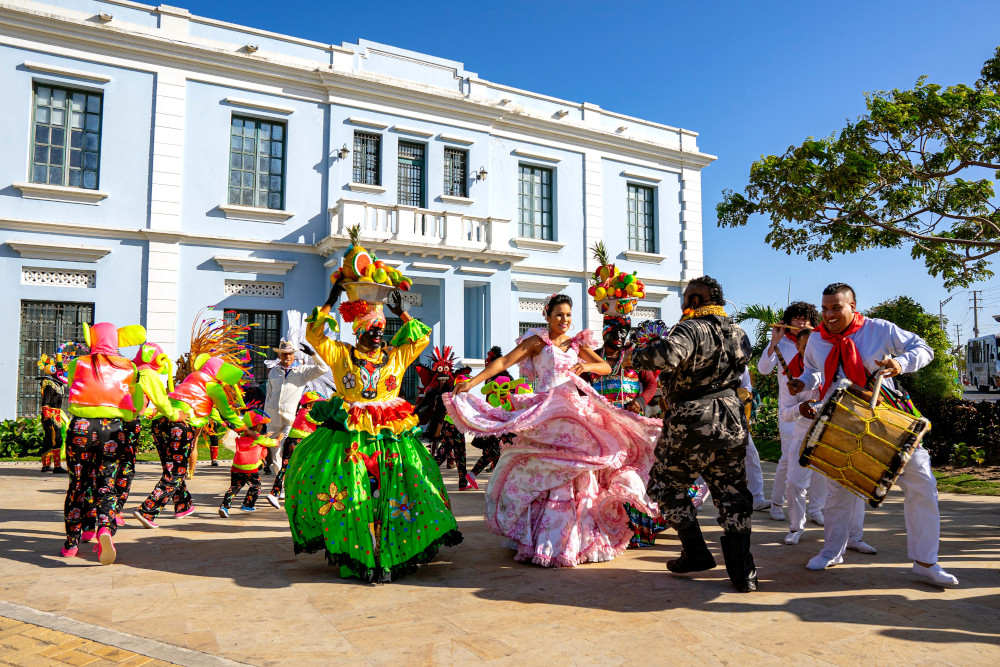
A solid salsa set might be capped by a serving of aguardiente. The “fiery water” drink with 60% alcohol is infamous in Colombia, appearing at every celebration and featured prominently when hosting. Being offered a shot of aguardiente is an honour while refusing is considered rude. The beverage is responsible for another of the country’s best known experiences: the guayabo de aguardiente, the Colombian hangover!
Eco-travellers will love the guided tours of Leticia, a city in southern Colombian next to the Amazon River, for capturing camera-ready wildlife and unique flora.
The pueblitos, or little villages, that you find throughout the countryside are the perfect place to visit Colombia’s indigenous tribes, learn about colonial history, and immerse yourself in the country’s old-time appeal. The serene pastoral vistas of Mompox are a calming escape from busy city life. Bookworms will love Mompox for its literary history: Nobel-winning author Gabriel García Márquez features the town prominently in The General in His Labyrinth, and drew inspiration from the city when creating the made-up city of Macondo in One Hundred Years of Solitude.
Puerto Triunfo, around 275 kilometres north of the capital of Bogotá, offers a rare mix of past and present. Hacienda Napoles, the glamorous estate of drug lord Pablo Escobar, was reclaimed by Colombian authorities in 2006, and transformed into an amusement park filled with themed attractions, hotels, water sports, and a safari-zoo. Escobar’s presence has been all but eliminated as part of Colombia’s effort to revamp its image. Only one of his buildings remains as a museum dedicated to his legacy and eccentric collections. Some of his antique cars are still parked on the grounds and life-size dinosaur models he bought for his son have been put on display in the Jurassic Zone.
The coasts (and climbs)
Colombia really does have the best of everything: vibrant coastal towns with luscious white sand beaches, expansive deserts, and mountain trails of all heights and sizes.
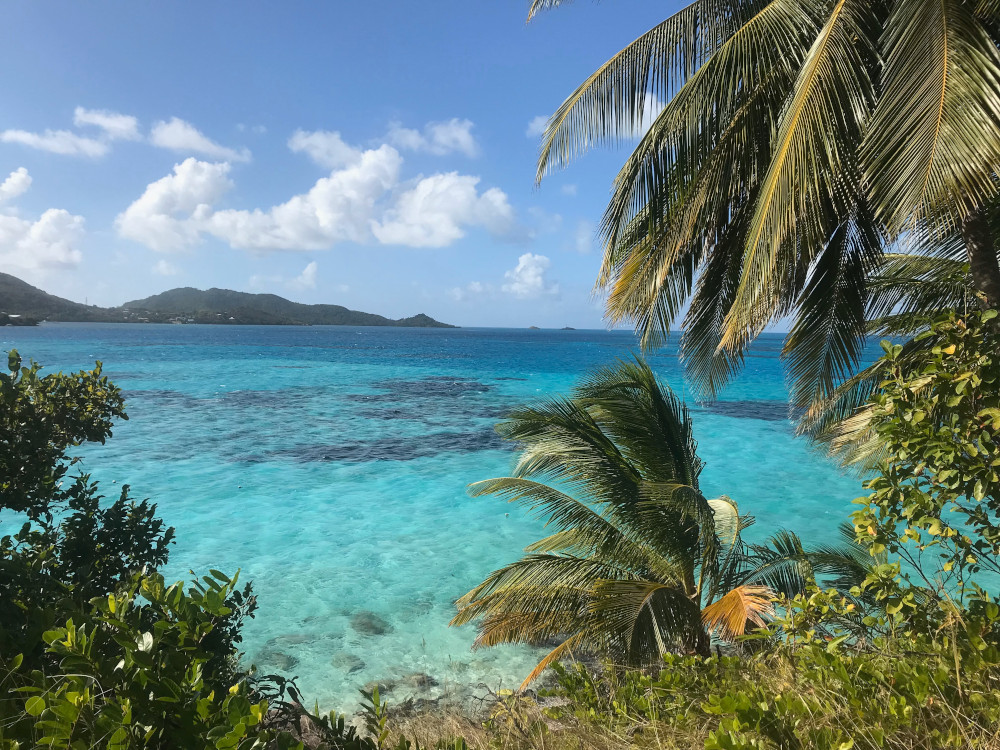
Cabo de la Vela, a remote desert village on Colombia’s northern Caribbean coast, offers an unusual sensorial experience with the combination of refreshing sea breezes and stunning accretions of sand. The mesmerizing landscapes are quite therapeutic, providing a welcome distraction from the extreme heat. Here is the ancestral region of the Wayuu people, and their elders’ sagacity is a persistent, almost haunting, presence.
Adventure-loving travellers can enjoy the Bocagrande beach in Cartagena, also on the Caribbean coast, which offers water sports like kitesurfing and jet skiing. For those looking for tamer water activities, Tayrona is a fantastic place for underwater exploration offering snorkelling in protected beaches like La Piscina and Cabo San Juan. These shores are far from the city bustle, but they do get crowded; they are best experienced in February through November. Cartagena is among the best-preserved colonial areas in the Americas. The ancient walled city is only 13 kilometres long, but the beauty and colour of the buildings is breathtaking.
The architecture in Colombia is exact, reverent, and thought-provoking. From innovative modern construction like the Espana Library in Medellín, to archetypical shrines in Monserrate and archaeological ruins in the Tatacoa Desert (a UNESCO World Heritage site) there is much to see and explore.
What to expect when you go:
Weather: Colombia’s culture is as vibrant and varied as its weather. The country’s equatorial position does not translate to consistent temperatures; each city has its own climatic cycle. If a trip to Colombia includes visits to multiple cities, it’s advisable to pack clothing for every kind of weather. The capital city of Bogotá is tropical so it gets cold at night, and some form of cold-weather gear is necessary pretty much all year. Coastal cities like Cartagena are scorching hot most of the time.
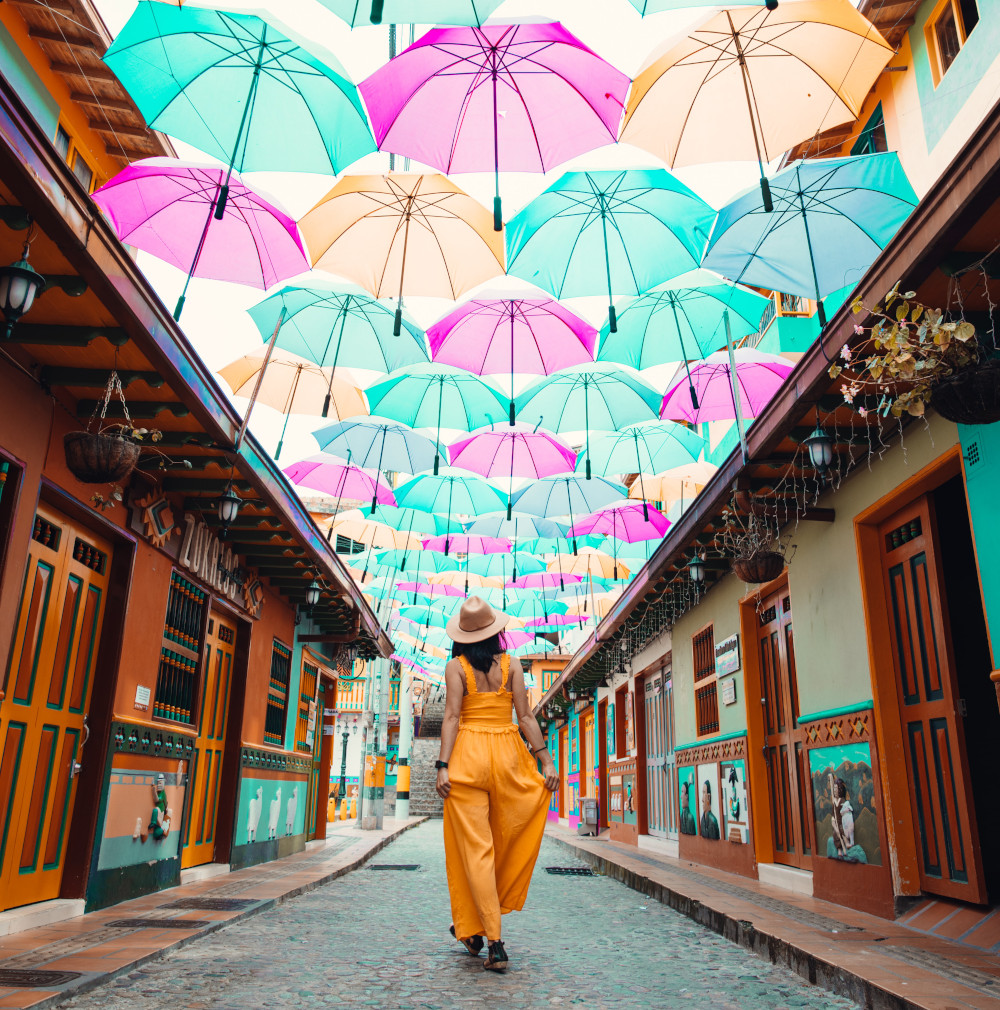
Money: Beyond clothing, visitors should also make sure to pack or have access to sufficient cash. The currency is called the Colombian peso. You can change money before you travel, or use your debit card to withdraw money once you arrive. While you can use your debit or credit card at many shops and restaurants, some smaller towns, markets and cheaper eateries will require cash, so it’s always best to keep some in reserve.
Safety and security: As part of the Colombian government’s efforts to shed its deleterious image, it has dedicated resources to security. Soldiers and police officers are stationed at various checkpoints and throughout the cities. It can be disconcerting to see uniformed guards everywhere, but the realization that they are there to keep everyone—locals and travellers alike—safe is comforting.
Conversation: It is perhaps not surprising that most Colombians find the negative assumptions about their country offensive. It is generally best to avoid broaching the subjects of drugs, trafficking, or violence unless your local hosts or the people you meet initiate the conversation.
Time: Travellers should come with a good measure of patience as time is a far more fluid concept in Colombia than in other parts of the world. Any schedule and plan should be padded with moderate to significant chunks of cultural “chill.” Travellers should see it as Colombia’s way of forcing them to take it easy.
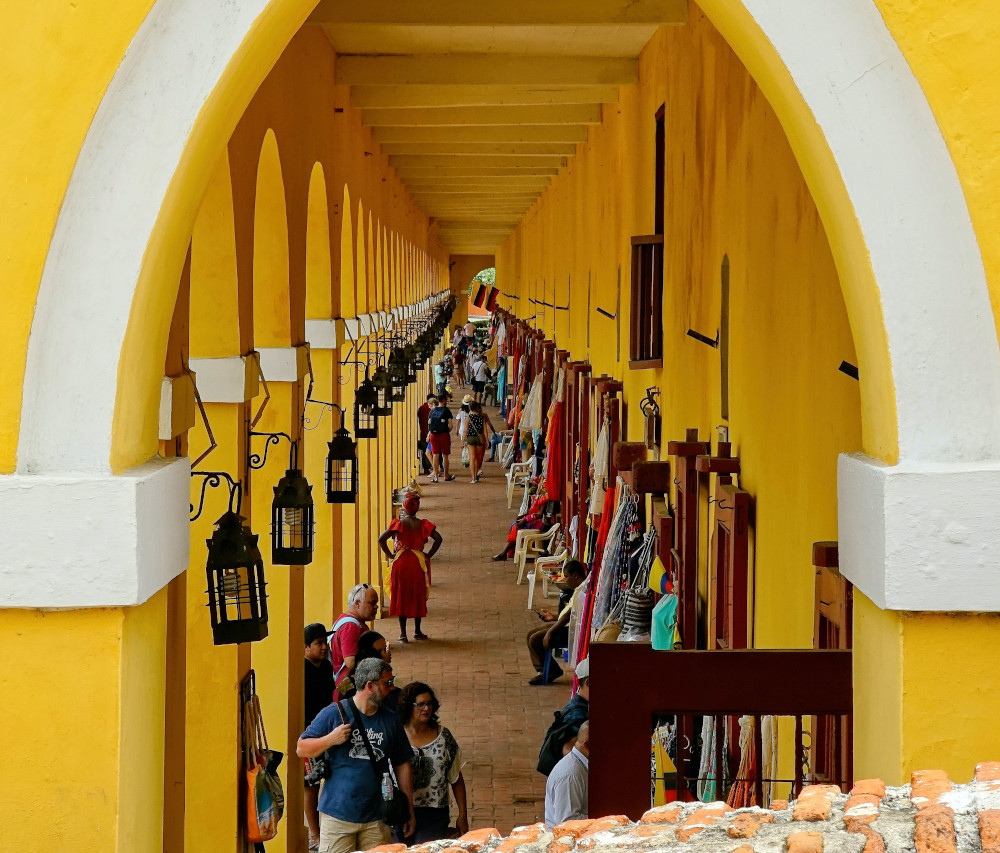
Whether you are looking for a place to mingle with the people, immerse yourself in the history and culture, indulge in local food and drink, explore the natural world, or chill on the beach, Colombia offers it all. It does so with the kind of enthusiasm and authenticity that comes from being a relatively new destination for most visitors. It’s unlike any other country I’ve travelled to, and I can’t wait to return.
Get more Colombia travel inspiration:
Latest posts by Dayton Kingery (see all)
- Coffee, culture, and coasts: Why Colombia should make your shortlist - December 23, 2021
- Why the Cayman Islands Might Be the Best Post-Pandemic Getaway - February 11, 2021



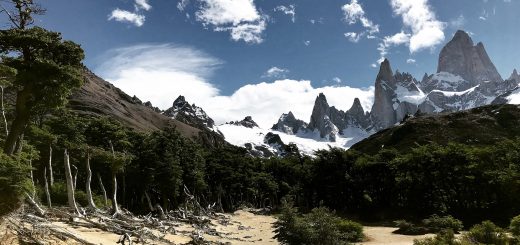


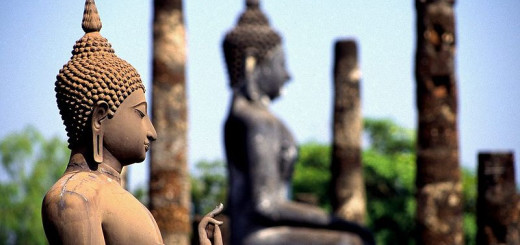

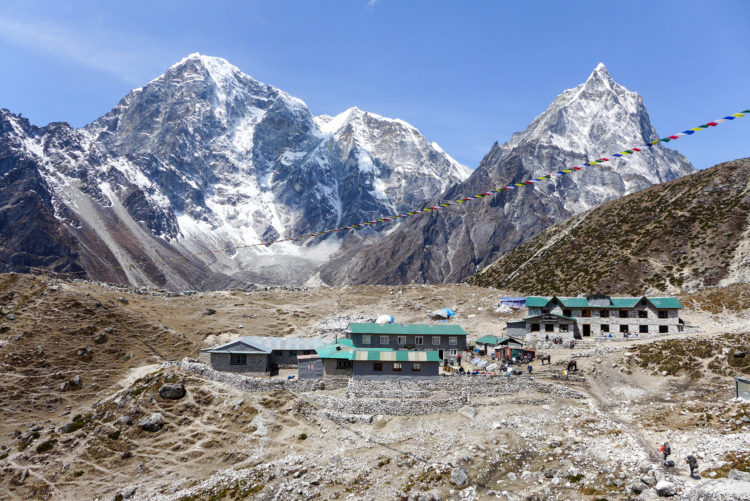 Almost all the tea houses in
Almost all the tea houses in 
